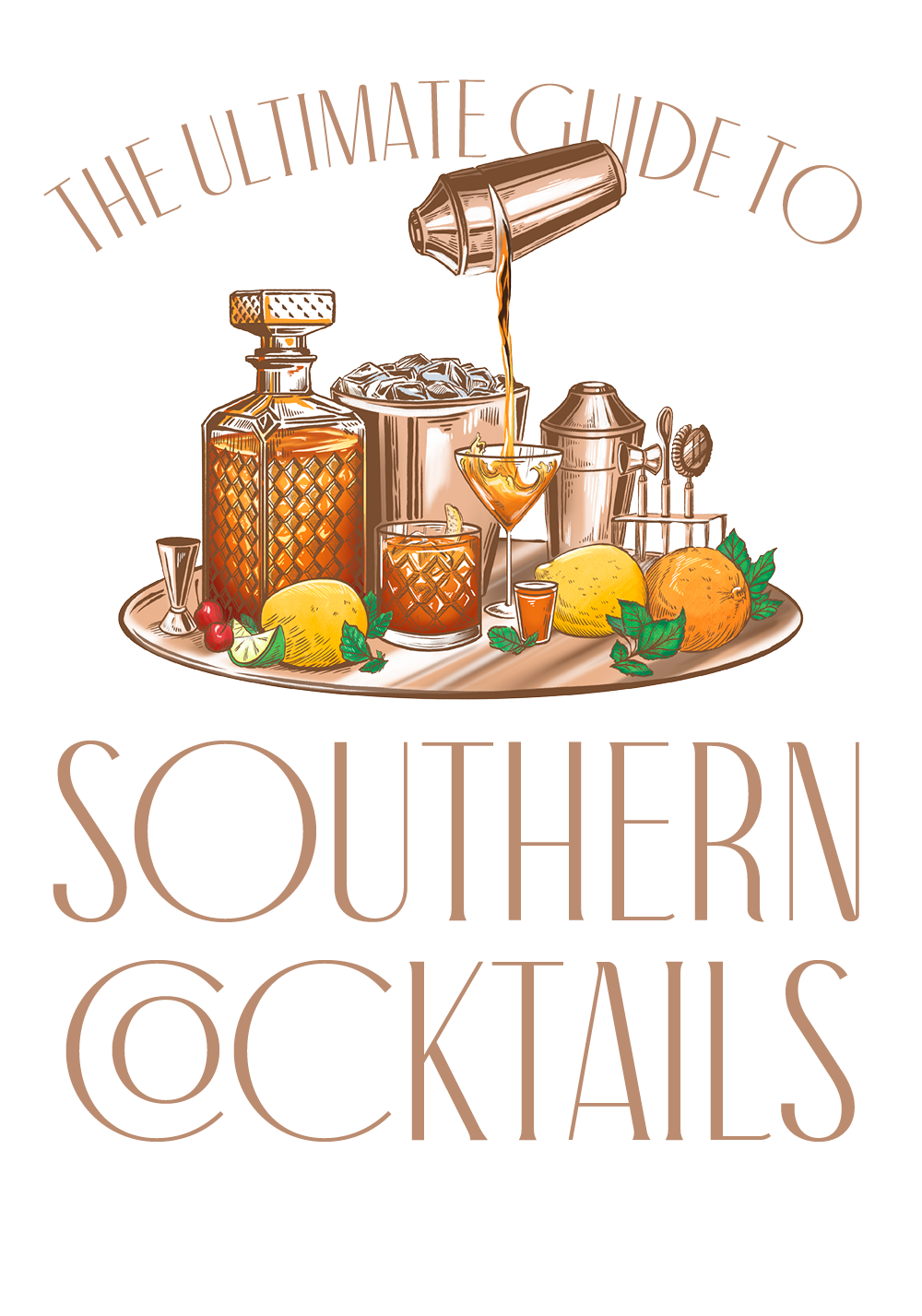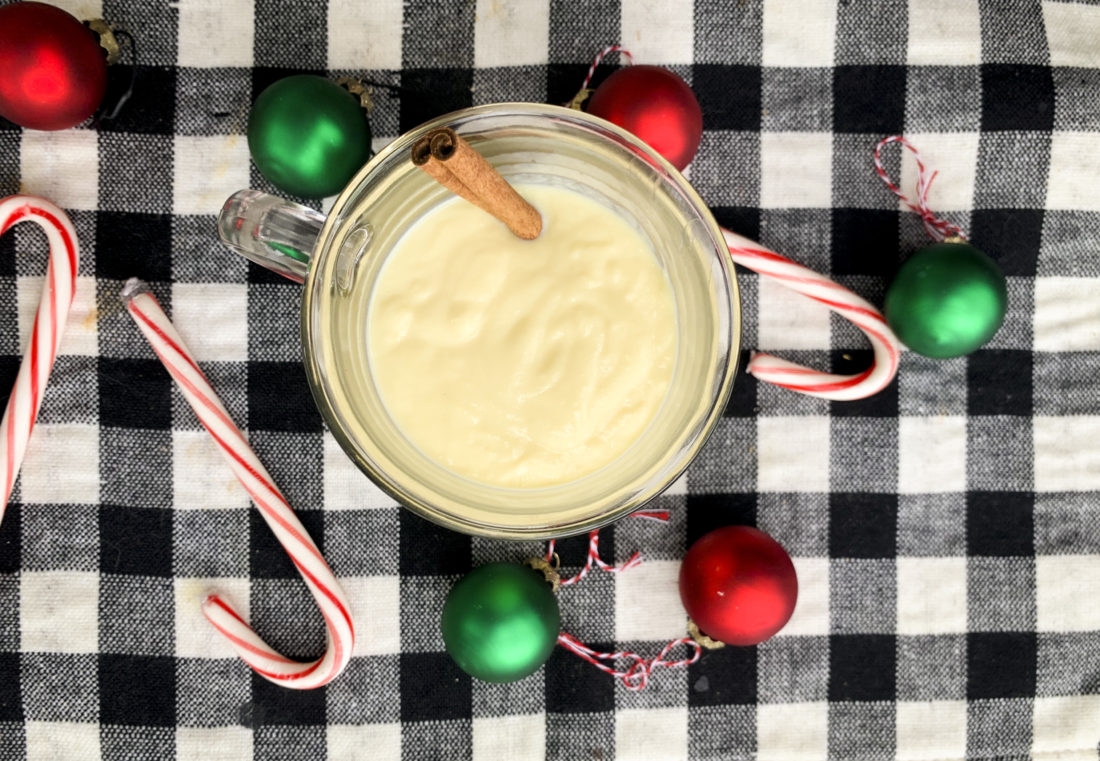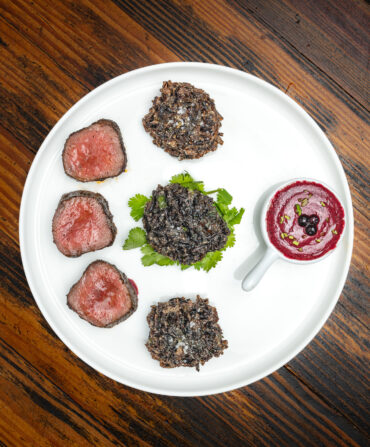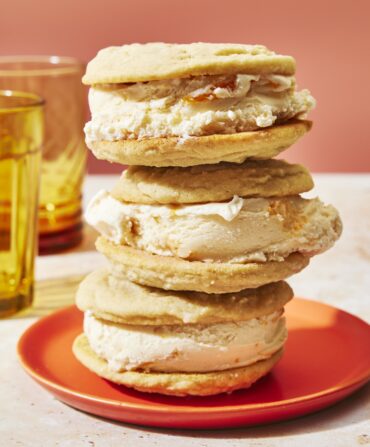“I’m not surprised few people know what boiled custard is,” says the Appalachian food writer Ronni Lundy. “I really like it, but even I don’t make it anymore. It’s the type of recipe that was never written down. It just lived in my mother’s head.”
As a child, Lundy remembers her mother making the simple, now-obscure, milk-and-egg-based drink around the holiday season to serve at the dessert table alongside a jam cake. “There would be a really cold day, and she would make it on the stove then put it outside in the yard to chill faster and more deeply than it would in the fridge,” Lundy says.
Lundy’s mother, like Lundy herself, grew up in Corbin, Kentucky. “And the cooking part of my mom’s family—her mother’s mother’s side—was from southwest Virginia. Eastern Tennessee is also part of that tradition. Basically, if you follow the Cumberland Gap, you’re following the boiled custard trail.” In this southern Appalachian region today, boiled custard is still a living tradition in many homes—or at least a not-so-distant memory.
Although often equated with eggnog, boiled custard is much thicker than its better-known cousin. “It’s odd we call it a beverage because it’s not always drinkable,” says the Chapel Hill, North Carolina–based cook and food writer Sheri Castle. “It’s more like a pudding. You definitely need a spoon to get it to your mouth.” In fact, Castle spent her childhood in Boone, North Carolina, eating it as a topping for other, richer desserts. “I grew up with a version made by my grandmother’s sisters, but it was served as a sauce to go with pound cake or on top of Jell-O salad.” It wasn’t until spending holidays with her ex-husband’s family, who hails from central Tennessee just south of Nashville, that she started consuming boiled custard on its own. “That was the first place I was given it in a teacup.”
The name, Castle warns, is a misnomer. “It’s called ‘boiled’ not because you boil it, but because you make it in a great big pot on the stove,” Castle says. Lundy agrees: “Don’t bring it to a boil. That would blow it.”
“The biggest tip is gentle heat,” Castle echoes. “You don’t want the eggs to curdle—then you’d just have sugary scrambled eggs. The biggest mistake people make is lose their patience and turn up the heat.” Depending on the stove and desired thickness, the process can take as little as five minutes or as long as half an hour. Lundy has a surefire trick for knowing when you’ve gotten it right: “When you drink it from a cup and it makes a thick mustache, that’s how you know it’s the right consistency.”
As for alcohol, that’s up to personal preference as well. “We did not lace it with alcohol in my family,” Lundy says. “There was this simple purity and goodness to it. In fact, we didn’t even put nutmeg or add any flavor in it at all.” If you like yours with a splash of bourbon or brandy, Castle advises stirring it in at the very end.
Fred Sauceman, a writer and professor of Appalachian studies at East Tennessee State University, first learned about boiled custard from his maternal grandmother, who lived in Greeneville, Tennessee. “She loved it, and for her birthday on March 6, it was usually served alongside coconut cake,” he says. “My mother, however, did not inherit her mother’s boiled custard passion, so it was never served at our house.” Sauceman’s favorite recipe, though, comes from Besse Cooper, who grew up in Sullivan County, Tennessee, and lived most of her life in Between, Georgia. “Her family told me she was one of the best cooks in that part of Georgia until she had to go to the nursing home—at age 110,” Sauceman says. From 2011 until her death in 2012, Cooper was the oldest person in the world (she died at age 116). The recipe below is adapted from her kitchen.













